Swiss students drive rocket research forward

Swiss students are propelling the future of space travel with innovative reusable rocket technology, putting Switzerland on the map in the global space race. SWI swissinfo.ch explores their groundbreaking projects.
Audrey Vorburger conducts research on space instruments and the solar system. As an astrophysicist and planetologist at the University of Bern, rockets are key to her work.
“Switzerland is already known for its high-precision engineering and its ability to develop complex scientific instruments,” she says. A national space programne would bolster these strengths.
“Access to space is no longer the sole preserve of the major space-faring nations,” Vorburger adds. “With technological advances and internationally accessible launch capacities, smaller countries can also play a significant role.”
Student projects, which are numerous in Switzerland, could play an important role in the development and promotion of Swiss space technology and the training of future specialists in this field. swissinfo.ch visited students working on two different projects.
A rocket that can land vertically
The air buzzes with anticipation at a gravel pit outside Gruyère in the canton of Fribourg. As the clock ticks past 4 p.m., a young crew is busy with final preparations. In a freight container on a workbench, lies the object that is the focus of all the attention. Every move is meticulously choreographed as one of its four legs undergoes a small repair.
At the heart of this endeavor stands a remarkable creation: Colibri. Towering at 2.45 meters and weighing 100 kilograms, this rocket is not just a feat of engineering; it’s a symbol of aspiration. What sets Colibri apart from other rockets in Europe is its ability to land safely back on Earth, upright on its legs. But it took a long time to get to this point.
Behind this project of the Gruyère Space ProgramExternal linkme are five young students who have known each other since secondary school and continued together at the Swiss Federal Institute of Technology Lausanne (EPFL).
“No one in Europe has so far launched a rocket with a payload and had it land on its feet again,” says Julie Böhning, a 25-year-old robotics student and the spokesperson for the team. “It’s great that we did all this development together.”

In the container, the team has assembled all the individual parts of the rocket in a fully functional state on a test stand. Tanks, engine, electronics, sensors, every component can be tested independently of each other.
Colibri takes flight
Eight people are present in the gravel pit today, including founding members Jérémy Marciacq, 26, and Simon Both, 25. They are checking various data streams on their laptops. After the test, they will analyse the data in detail.
At a safe distance, the team has quickly set up a mobile control centre. The rocket is refuelled and a small drone flies another inspection tour around the ready-to-launch Colibri. It is too dangerous for people to approach the rocket when the fuel tanks are full.
“Five, four, three, two, one”, the countdown begins. Then a loud noise, and the rocket rises a few meters into the air as planned. On its 25th attempt, it must veer slightly off course mid-air to demonstrate it can return to the small take-off and landing platform autonomously.
Apart from a few minor hiccups, the trial proceeds satisfactorily. The daily goal was achieved, Both says. It was important to test new algorithms for the rocket landing which, of course, the students had programmed themselves.
Such a test would normally require a special permit in Switzerland. But because the rocket’s tip is suspended from a cable with an emergency stop function on a crane jib, Colibri is legally classified as a ground object. The test must be conducted at least 200 metres away from the nearest residential building. That requirement is amply met.

Swiss astronaut Claude Nicollier plays mentor
They built the rocket with simple and cheap materials. “Typically, the Colibri’s tanks are pipes from a construction site that we obtained and modified,” Böhning says. The team also relies on 3D printing to be able to replace certain parts within a very short time, independently of suppliers.
The students do everything themselves. Of course, this would not be possible without sponsors. They now have 55 industrial partners. These include the company that provides them with access to the gravel pit and the crane free of charge. Marciacq had to complete extra training to be able to operate the crane.
The young rocket enthusiasts have brought a renowned mentor into the project: Claude Nicollier, the first Swiss astronaut. Their status as students allows them to contact all kinds of experts around the world who would be happy to spend a few hours giving them advice, Böhning says.
But what is the aim of their project? “We want to use this demonstrator to show that we in Europe are also capable of launching rockets and bringing them back down again,” she says.
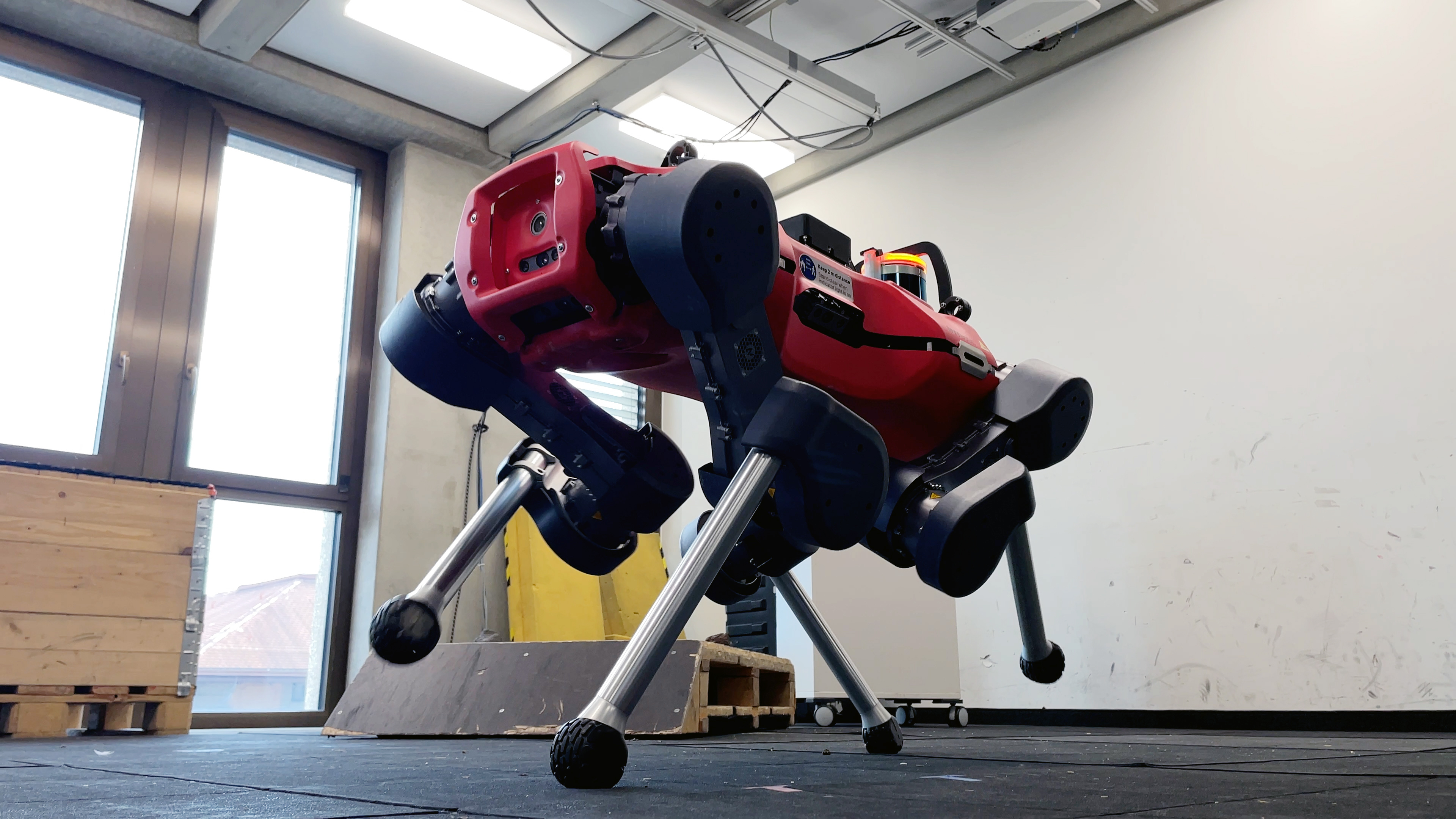
More
Swarm of Swiss robots could take part in future space missions
Parachute systems
Another day, another location. This time we are in a hangar at the Dübendorf military airfield in the canton of Zurich. This is where Swiss aviation began. Some of the hangars are now occupied by the Innovation Park, home to an array of student projects and start-ups.
These include the ARIS space project, led by students and supported by several institutes and universities including ETH Zurich. Small and large rockets from earlier projects are lined up in a row.
The current rocket project, NICOLLIERExternal link, is named after the Swiss astronaut. He took part online in the second technical review of the rocket and gave the team feedback, according to Felix Hattwig, the 21-year-old project manager, a physics student at ETH Zurich.
This project also relies on a reusable rocket. It has two built-in parachutes — a so-called guided recovery system. A small parachute helps the rocket brake as soon as it has reached its highest point in flight, explains Matteo Vass, a 20-year-old engineering student who is the head of the recovery team, and therefore responsible for the braking system.
A larger steering parachute, controlled by an autonomous software system, is then deployed around 800 metres above the ground. It is designed to bring the rocket to the landing point.

The team is currently carrying out “drop tests”. The Swiss army is helping by dropping the rocket from a helicopter to simulate the landing. This does not, of course, take place above populated areas, but at military bases — for example in the canton of Glarus or in the Bernese Oberland.
However, the rainy spring is creating problems for the Nicollier team. Only two of the 13 planned drop tests could be carried out. A video of the rocket in action shows the test works well and the rocket finds its landing site.
The importance of autonomous control
“This is a new era of space travel, where it’s not just about the rocket itself, but about new systems around it,” says Hattwig. Above all, autonomous control. But not only that: “Our rocket has more to offer than guided recovery, even if that is a major challenge,” he says. “We are also trying to achieve technical innovations in other areas.”
For example, in the area of computer boards, which are interchangeable in their rocket. Or with the air brakes, where they are also breaking new ground.
The 43 active members are also working on this project alongside their studies and receive neither a salary nor credit points. So, a lot of passion is involved. Both students have been fascinated by space travel since they were children and are now looking forward to making their dream come true. Between 40 and 50 sponsors are involved.
Their rocket has not yet launched, but previous ARIS projects have already paved the way forward. The first launch is currently planned for the end of October in Switzerland, according to Hattwig. Ultimately, the goal is to launch three different payloads, i.e. satellites.

The Gruyère Space Program has scheduled its first demo flight for the end of September, with Nicollier among the invited guests. The students will then also reveal what will happen next, after their project is completed.
“We all get on so well that we want to explore new territory as a company,” Böhning says. It will no longer be about rockets but will involve the same technology that they have been working on for years. She doesn’t want to reveal any more just yet.

More
Why do two Swiss researchers want to find ice on comets?
‘Good and practical basis for training’
“What these and other students are achieving deserves a great deal of respect,” writes the Swiss Space Office, the federal government’s competence centre for national and international space affairs in response to a SWI swissinfo.ch query.
The Swiss projects are “very successful” by international standards, it said. Such projects would “form a good and practical basis for the training of students in order to prepare them for future tasks in the space sector”.
It also notes that the “obvious” issues of “costs – recyclability – sustainability” are sure to continue posing a challenge for all those working in space research and space agencies tomorrow and in the future.
Edited by Veronica DeVore/ml
Translated from German by Catherine Hickley/ds

More
Newsletters

In compliance with the JTI standards
More: SWI swissinfo.ch certified by the Journalism Trust Initiative
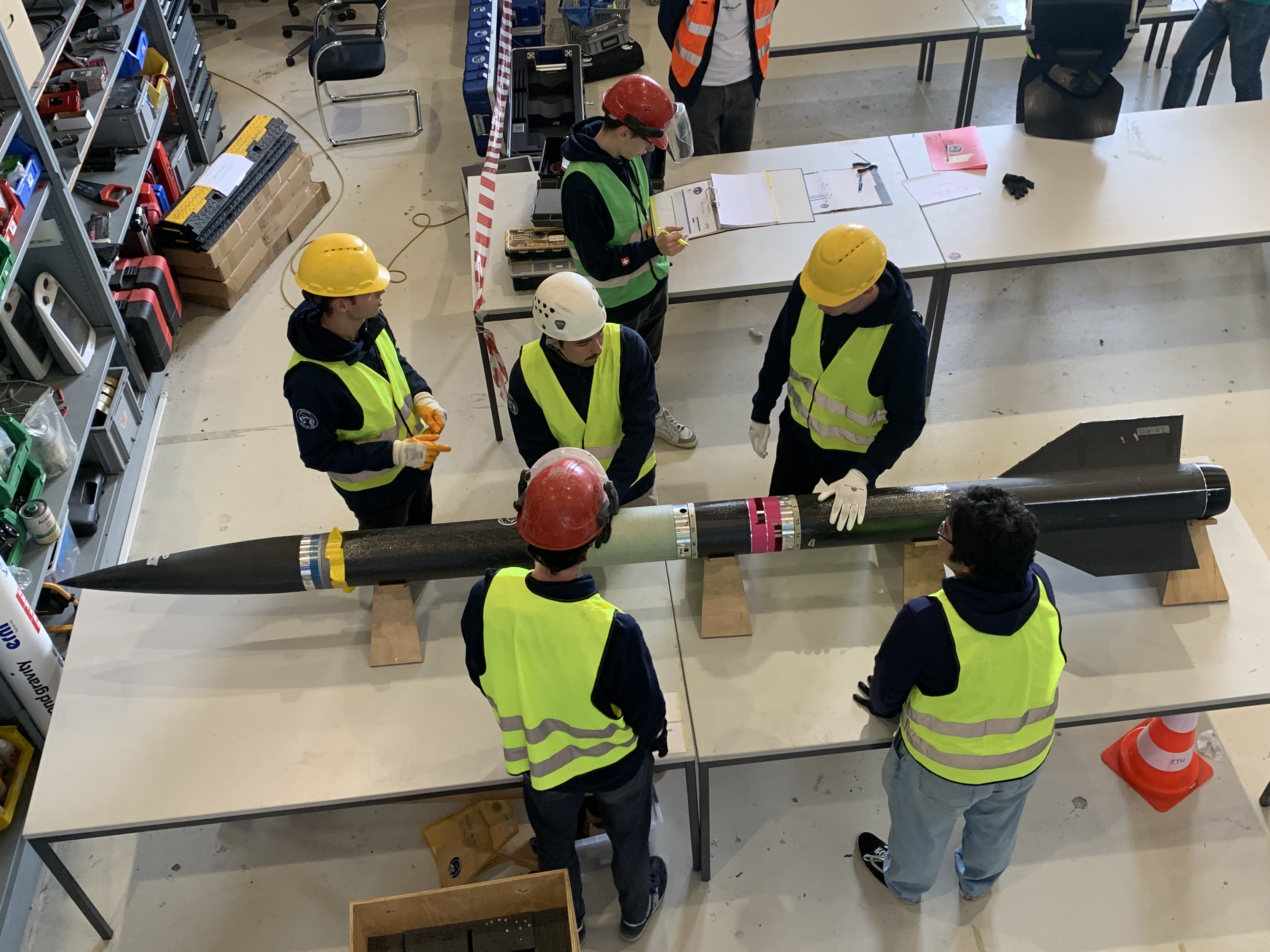
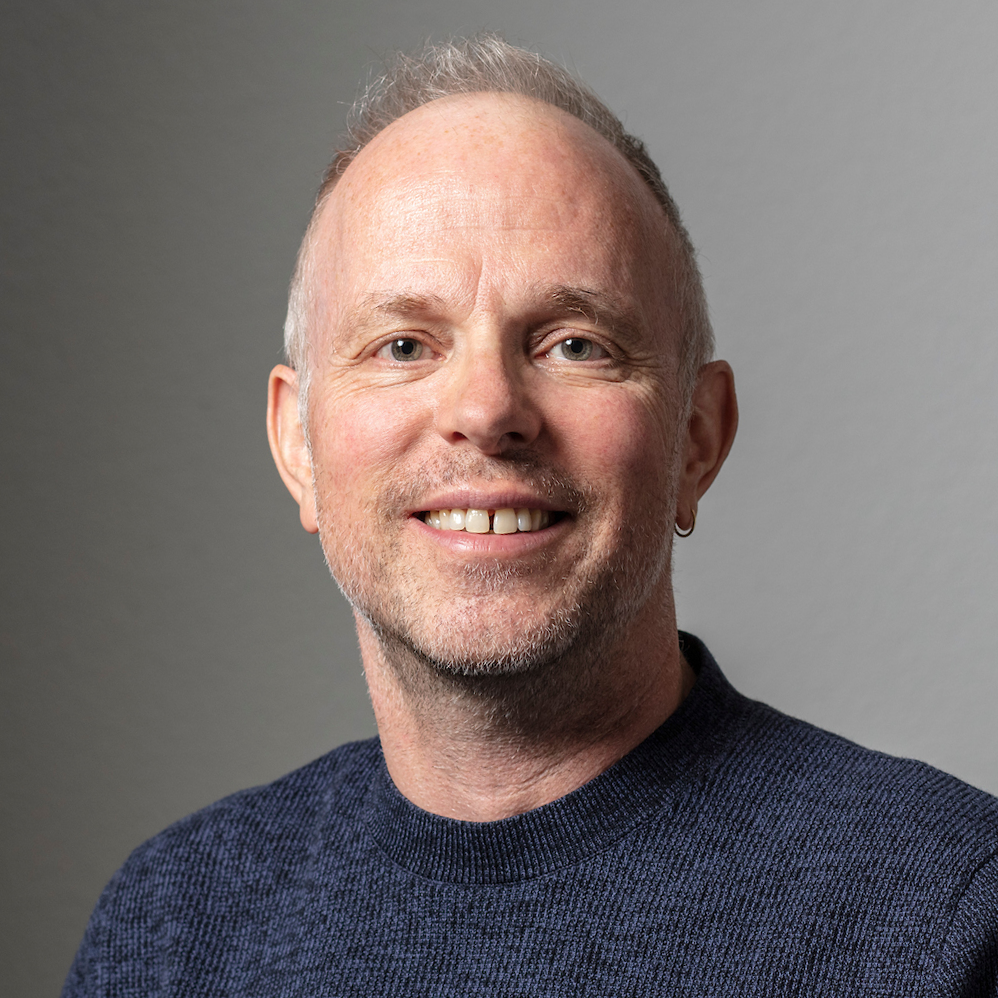



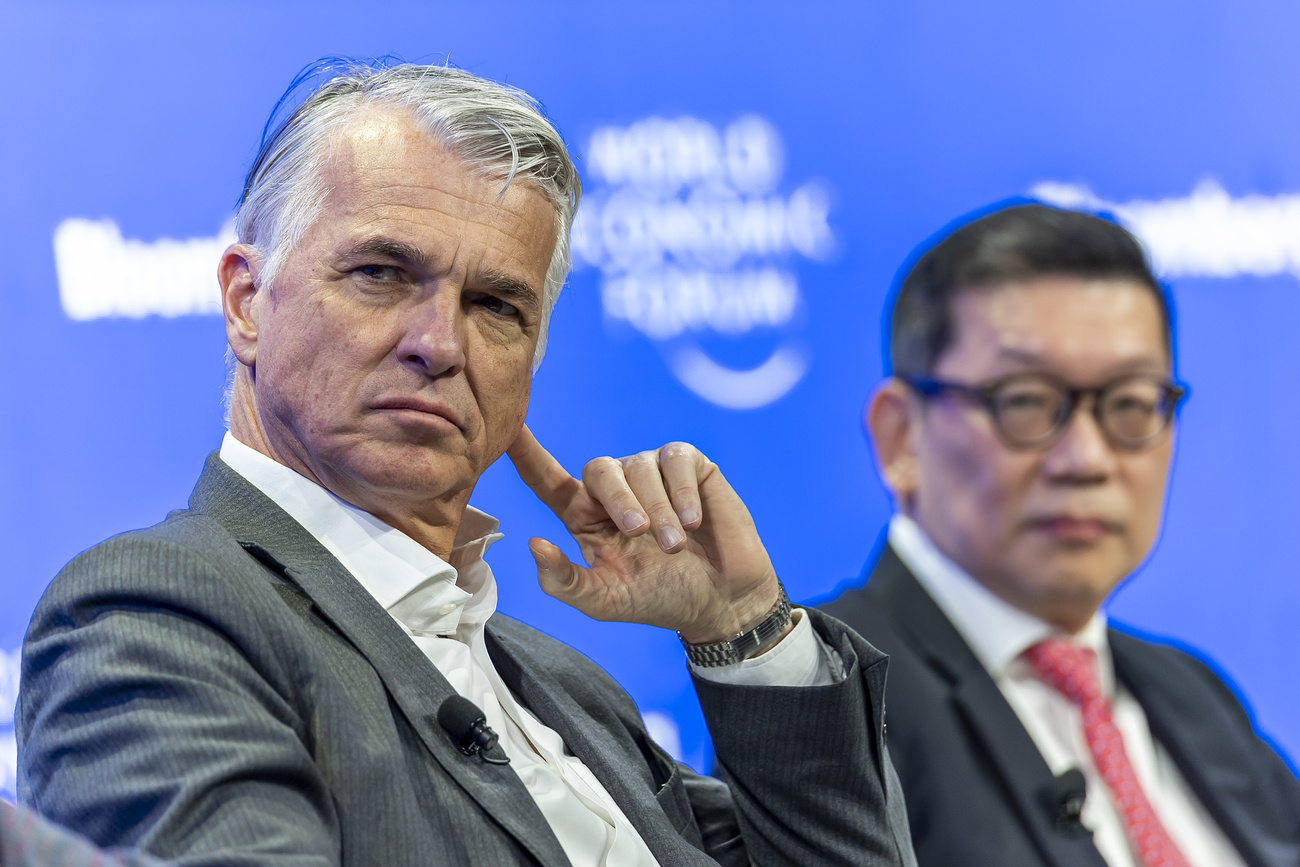


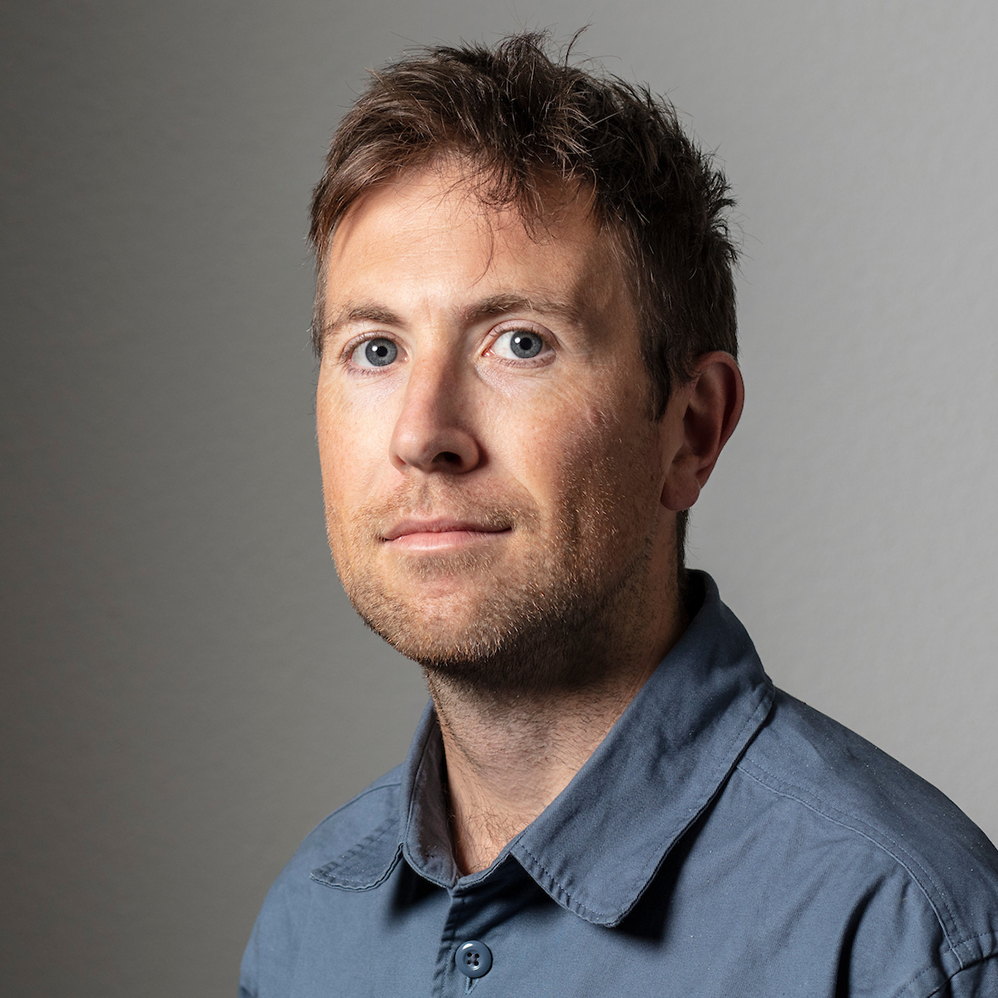
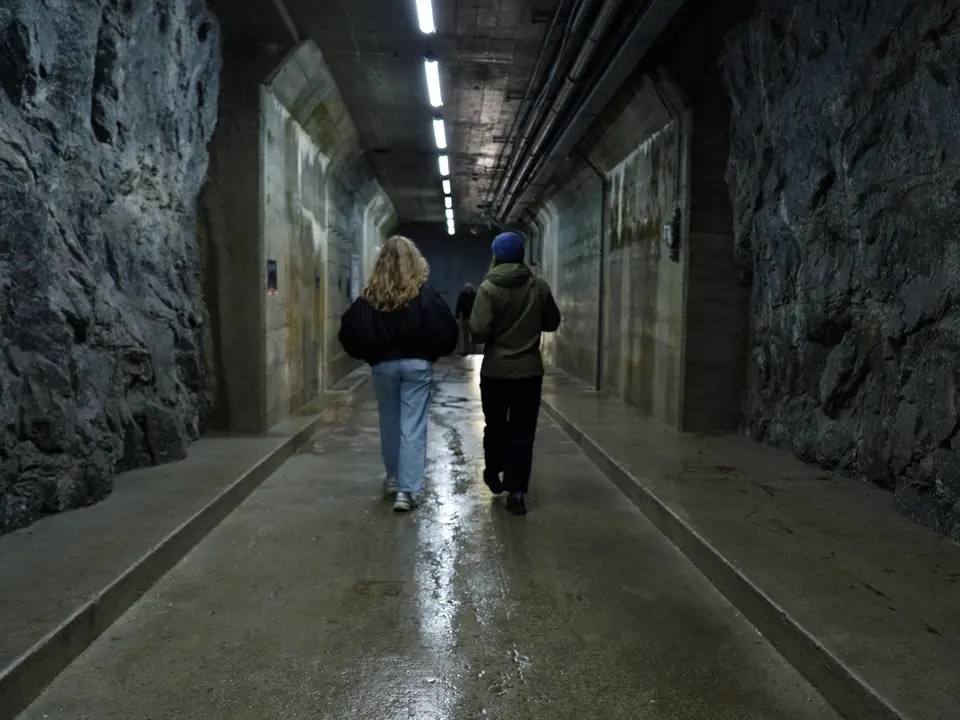
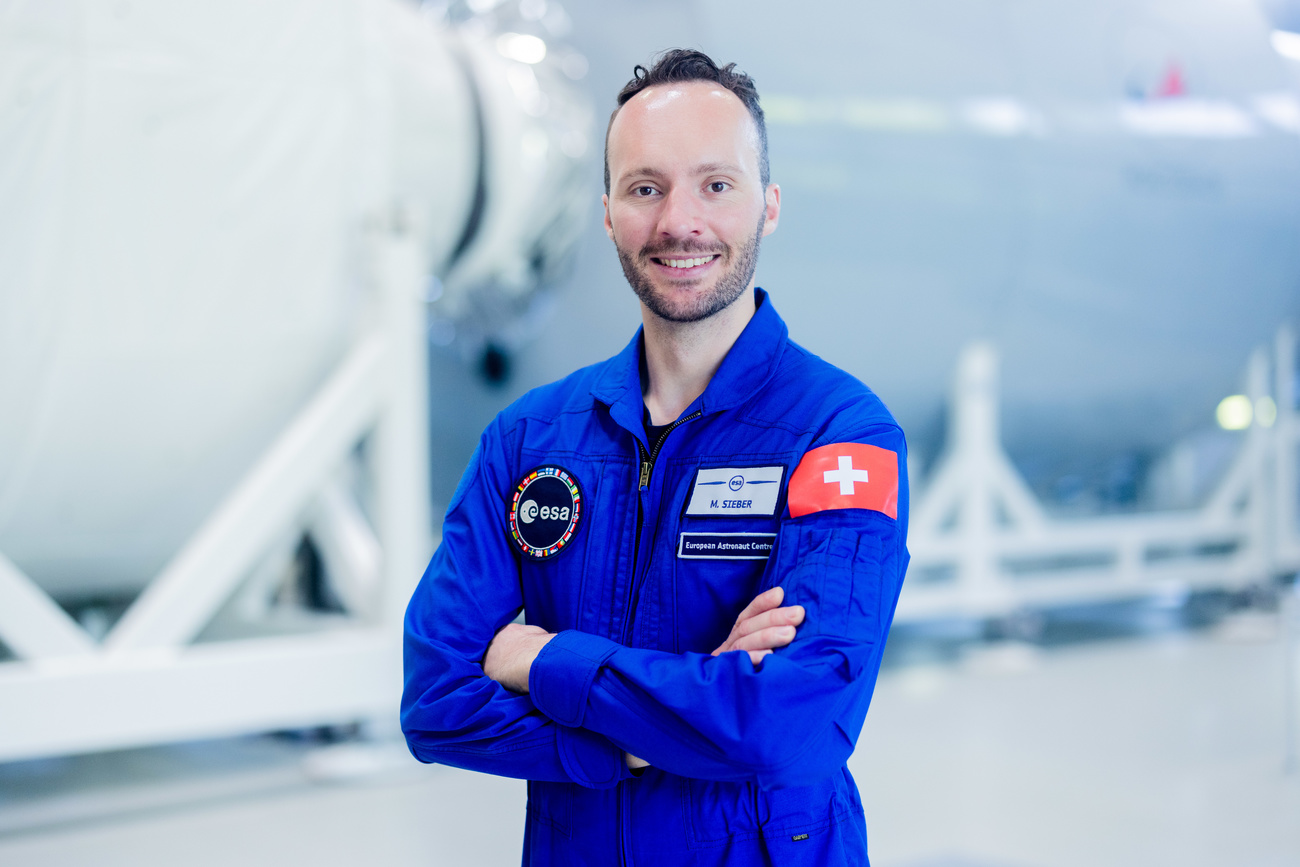
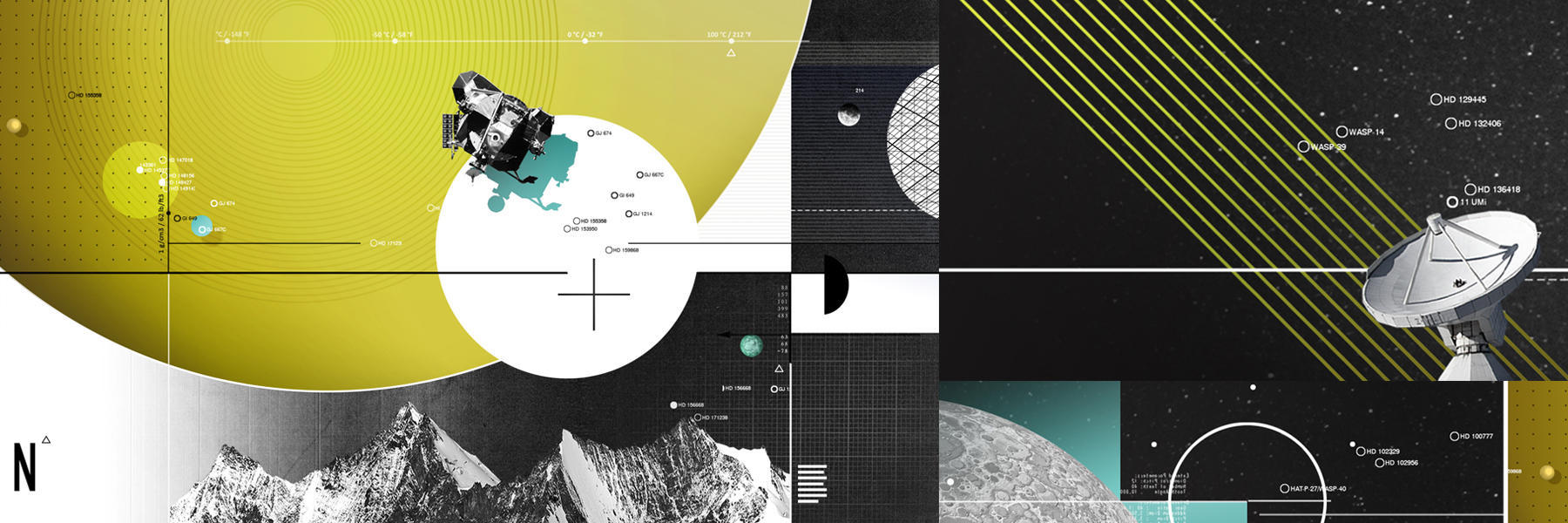
You can find an overview of ongoing debates with our journalists here . Please join us!
If you want to start a conversation about a topic raised in this article or want to report factual errors, email us at english@swissinfo.ch.